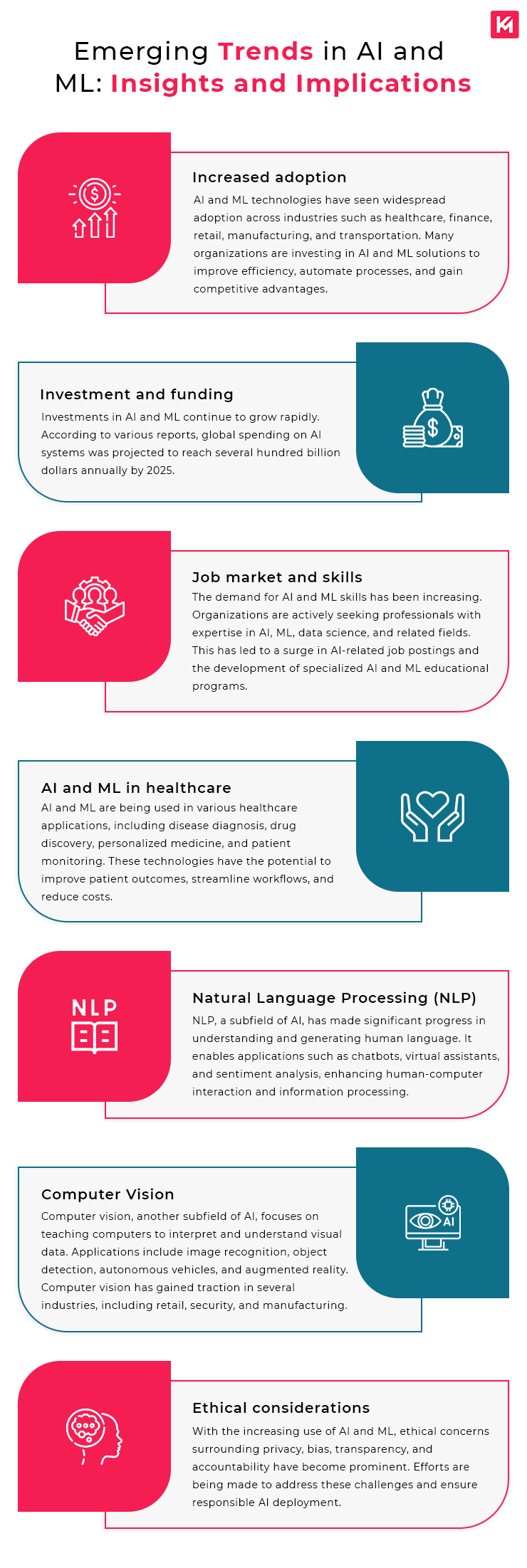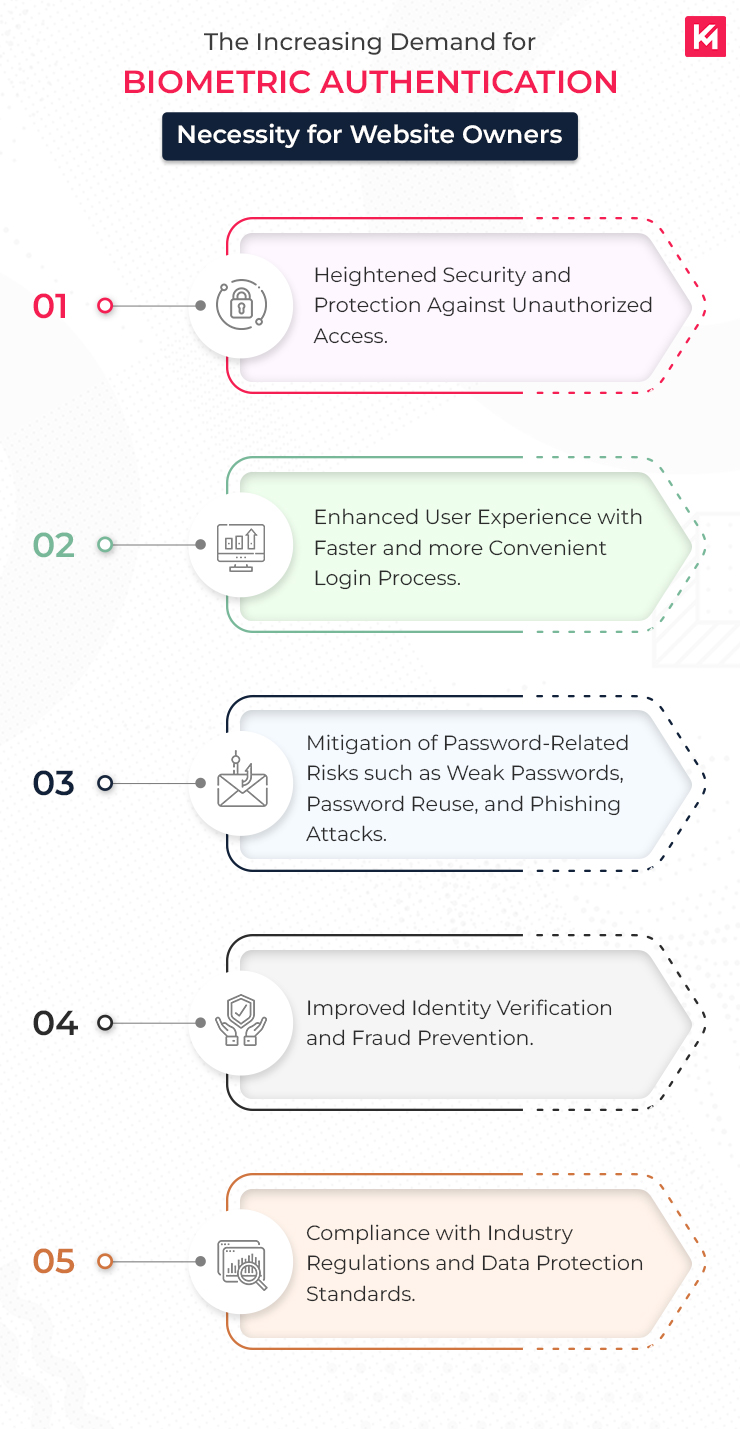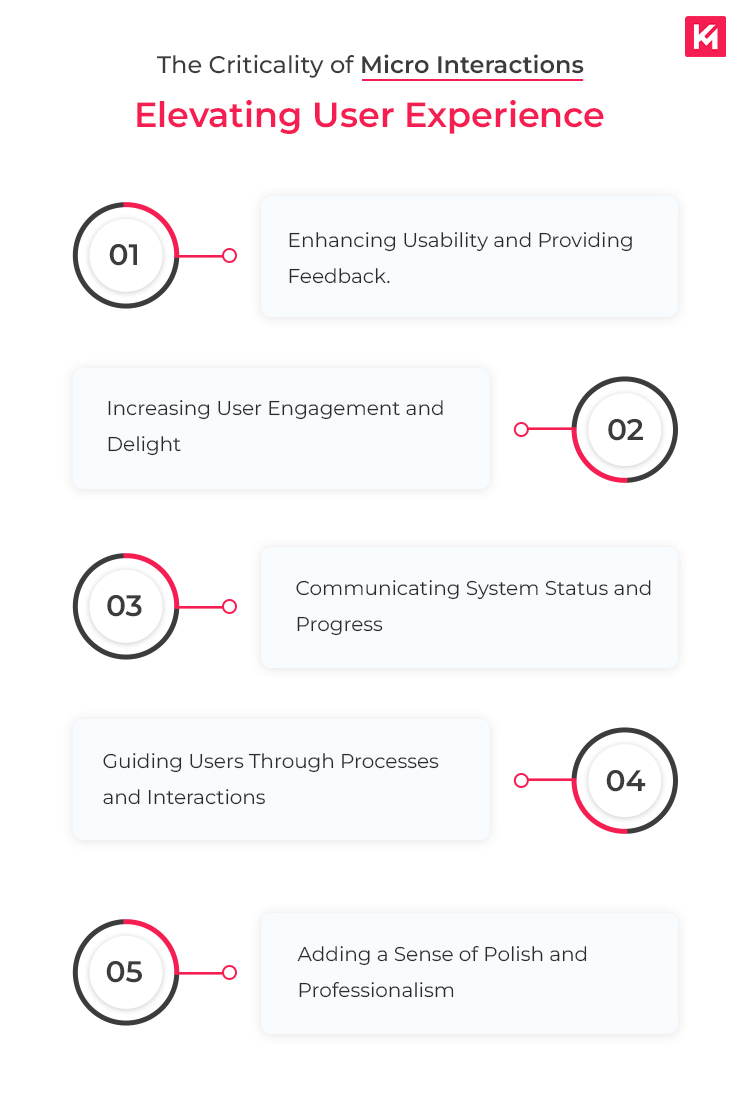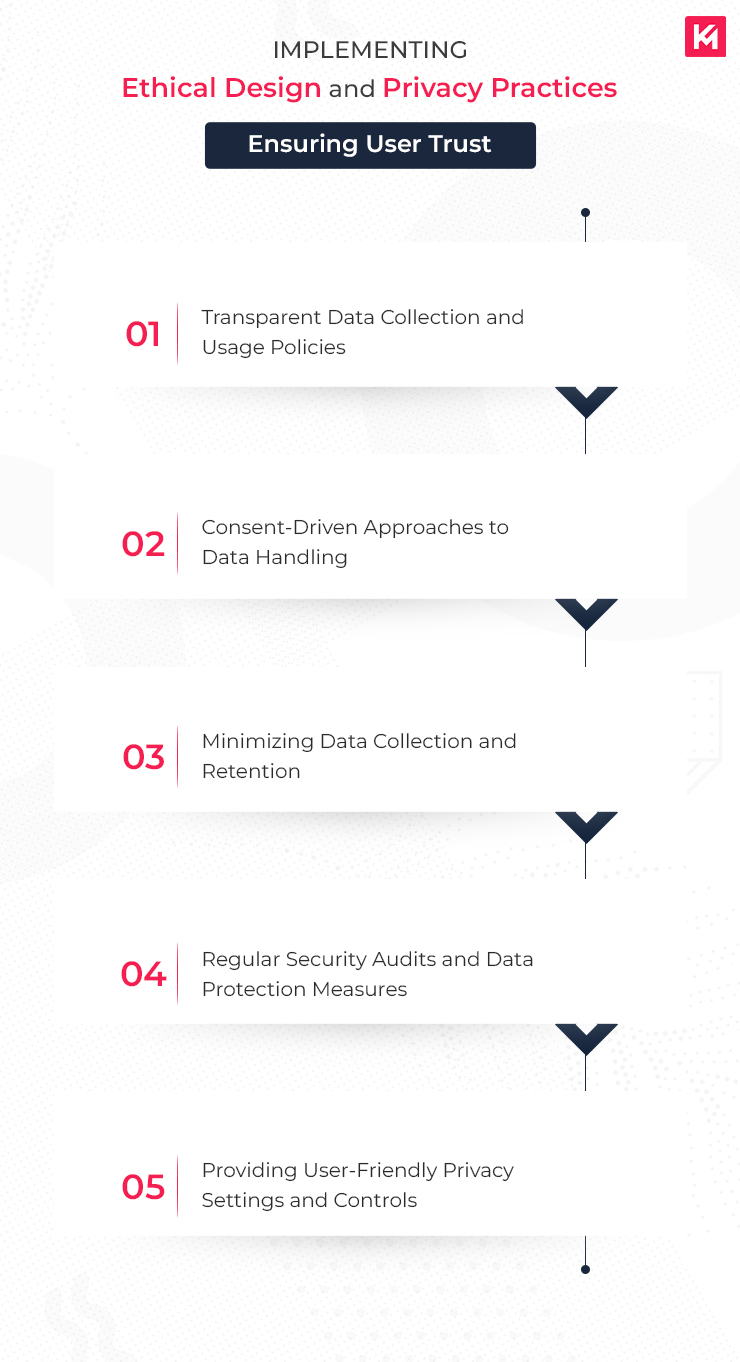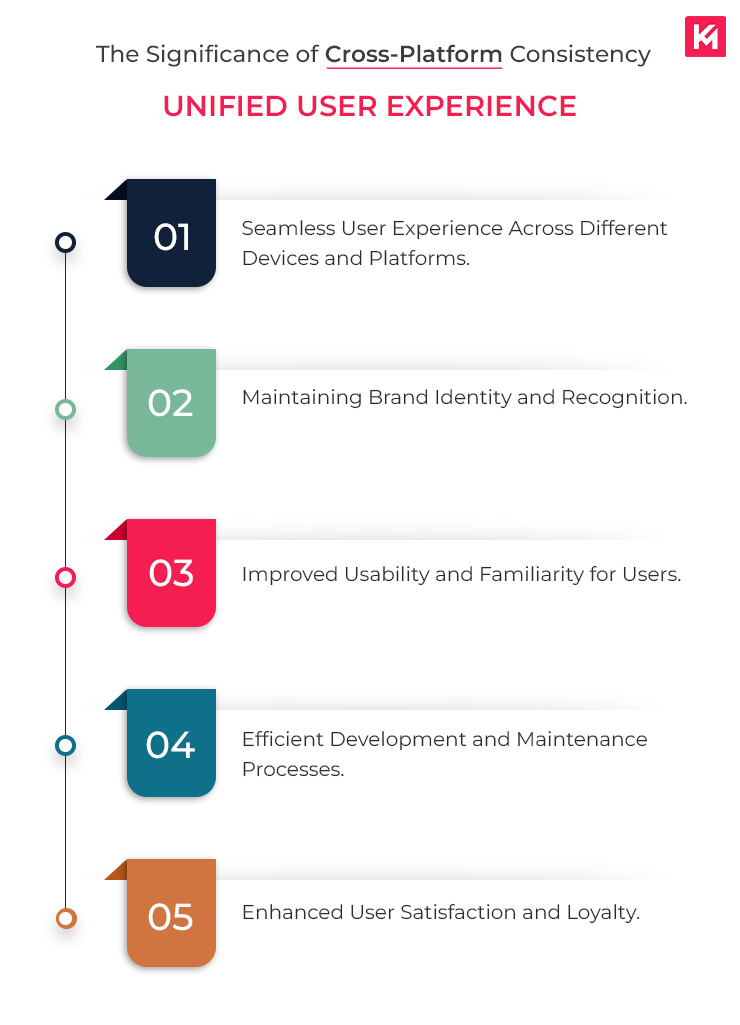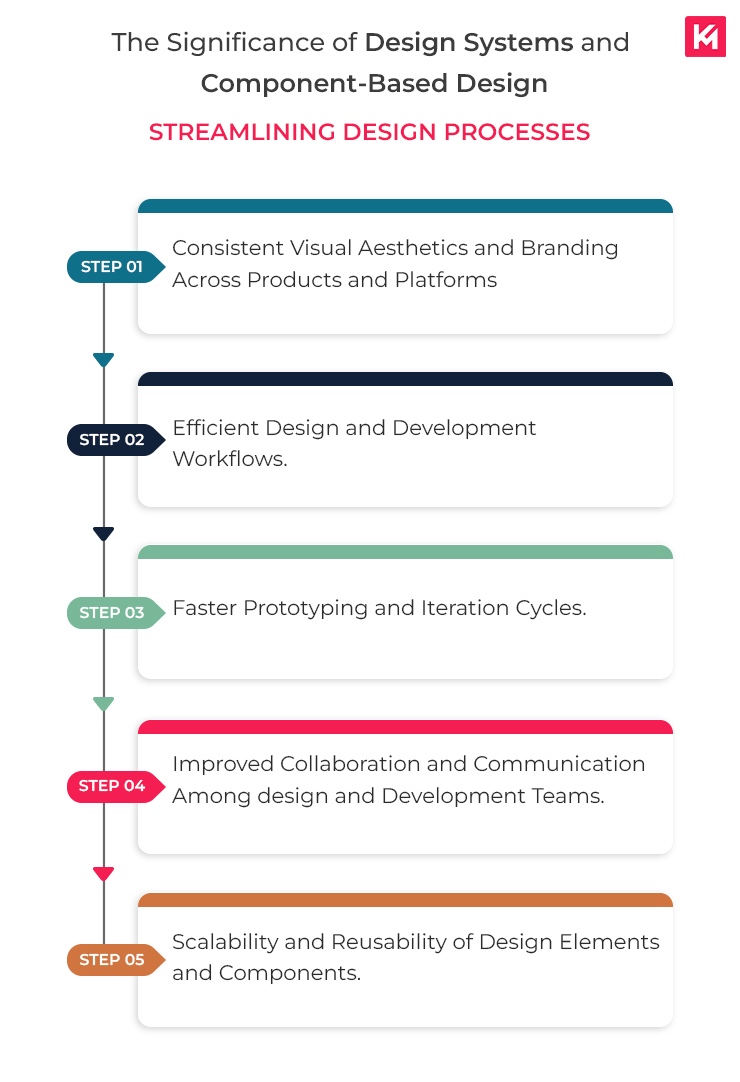User Experience (UX) has become a crucial aspect of modern design. It influences how users interact with products & services across various platforms. As technology continues to advance, UX design is constantly evolving to meet changing user expectations and preferences. So without any delay, let’s explore the biggest UX trends to watch in the years to come and how they are shaping the future of design.
2105
Artificial Intelligence (AI) and Machine Learning (ML)
- AI and ML have become integral parts of UX design.
- AI-powered chatbots and virtual assistants provide instant customer support and personalized recommendations.
- ML algorithms analyze user data to understand behavior patterns and offer tailored experiences.
- UX designers leverage AI to create more intuitive interfaces, hyper-personalized content, and automated processes that anticipate user needs.
- As AI continues to evolve, it will further enhance the field of UX design, enabling more seamless and intelligent user experiences.
Minimalism and Simplified Interfaces
- Minimalistic design principles have gained traction in recent years.
- They focus on simplicity, clarity, and removing unnecessary clutter from interfaces.
- Minimalistic interfaces typically feature ample white space, clear typography, and simplified navigation.
- This design trend improves usability and reduces cognitive load for users.
- Users appreciate clean and intuitive designs that prioritize content and ease of use.

Mobile-First Design
- Mobile devices have become the primary means of accessing digital content.
- Mobile-first design emphasizes creating user experiences optimized for smartphones and tablets.
- UX designers prioritize responsive design, ensuring seamless experiences across various screen sizes and resolutions.
- Fast-loading pages and thumb-friendly interactions are essential considerations in mobile-first design.
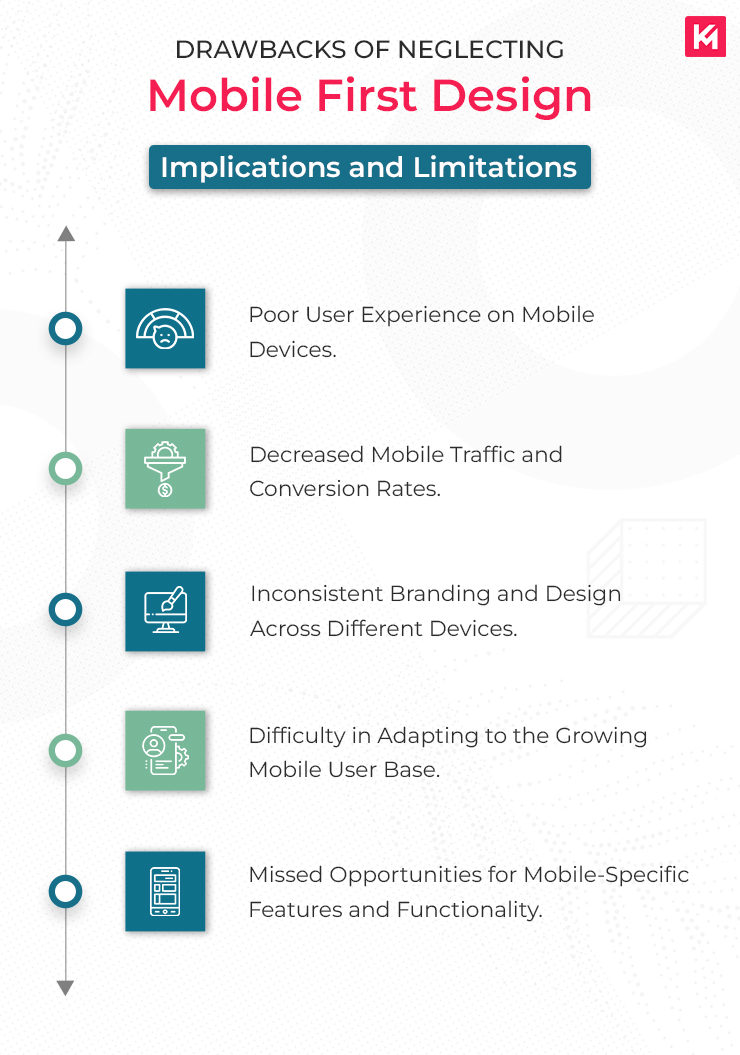
Dark Mode
- Dark mode presents interfaces with predominantly dark colors instead of light colors.
- It has gained immense popularity across operating systems, applications, and websites.
- Dark mode reduces eye strain in low-light environments and conserves battery life on devices with OLED screens.
- UX designers recognize the benefits of offering dark mode options to users.
- It has become an essential consideration in modern interface design.
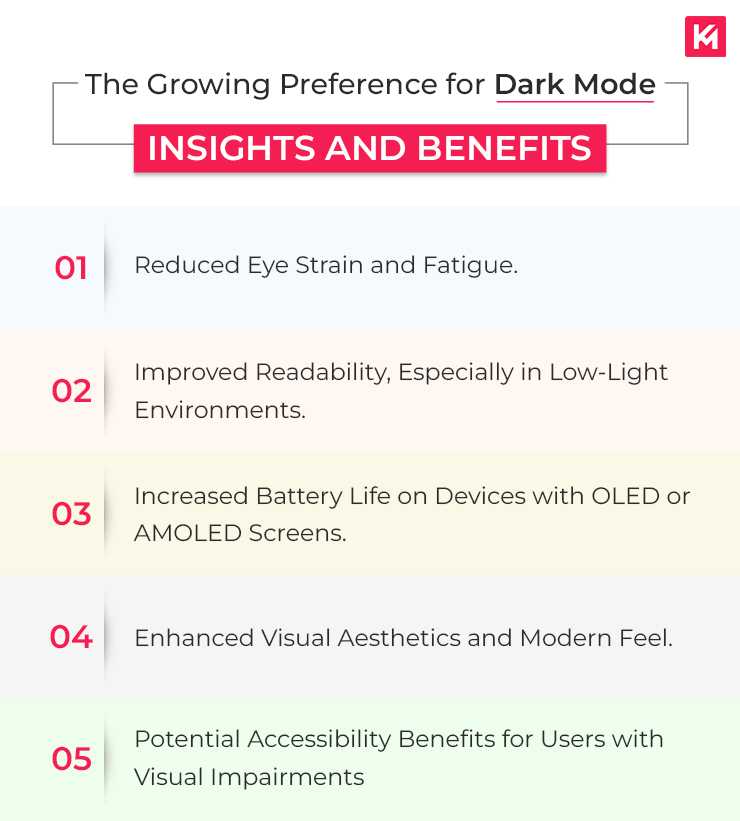
Biometric Authentication
- Biometric authentication methods, such as fingerprint recognition and facial recognition, are rapidly replacing traditional password-based authentication methods.
- Biometrics offer enhanced security, convenience, and a frictionless login experience.
- Integrating biometric authentication into UX design ensures seamless yet secure access to digital accounts and devices.
- Users prioritize convenience and ease of use in the authentication process.
Inclusive Design
- Inclusive design focuses on creating products and experiences that are accessible to all users, regardless of their abilities or disabilities.
- UX designers incorporate accessibility features from the outset of the design process.
- Considerations include color contrast, alternative text for images, and compatibility with assistive technologies.
- Inclusive design ensures that everyone can access and interact with digital products and services.
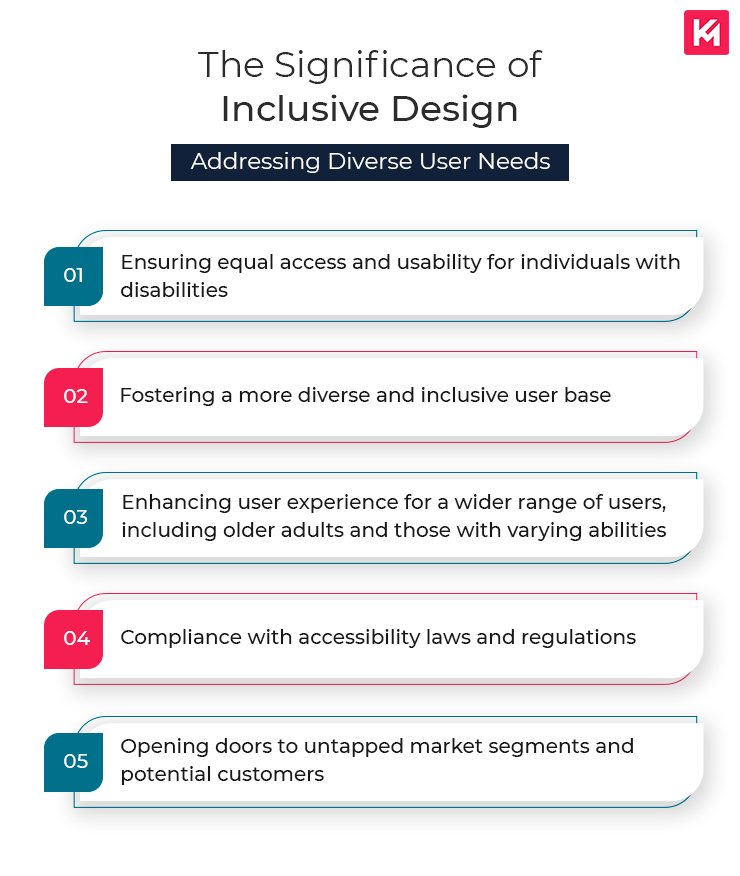
Gesture-Based Interactions
- Gesture-based interactions have gained popularity with the rise of touch-enabled devices.
- Users can navigate and interact with digital interfaces seamlessly through swiping, pinching, and other intuitive gestures.
- UX designers explore innovative ways to incorporate gesture-based interactions into their designs.
- Intuitive and immersive experiences are provided to users through gesture-based interactions.
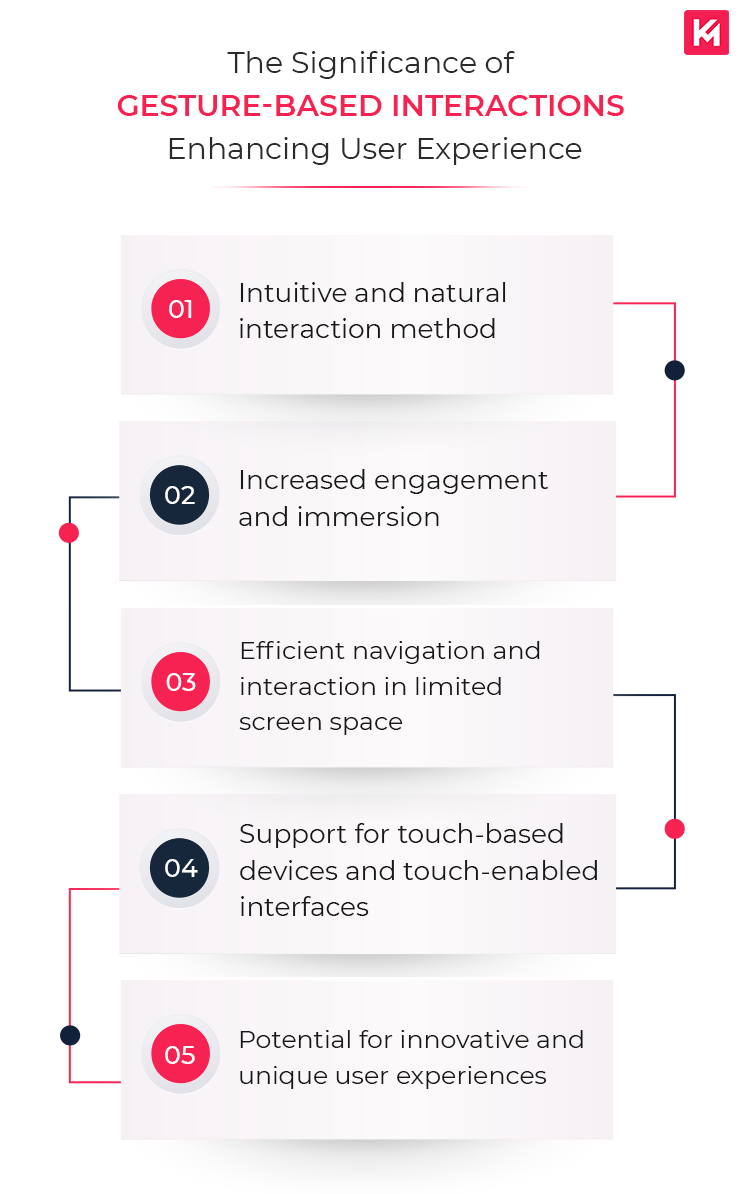
Microinteractions
- Microinteractions refer to subtle, purposeful animations and feedback that occur within a user interface.
- They enhance user engagement and provide visual cues to guide users through their interactions.
- Well-designed microinteractions create a more delightful and engaging user experience.
- Examples include button animations, loading spinners, and progress bars.
Contextual and Proactive Experiences
- UX designers focus on creating contextual and proactive interactions.
- User data and location information are leveraged to adapt interfaces and anticipate user needs.
- Relevant content and suggestions are provided in real-time, saving users time and effort.
- Contextual and proactive experiences offer tailored solutions, recommendations, and information before users even ask for them.
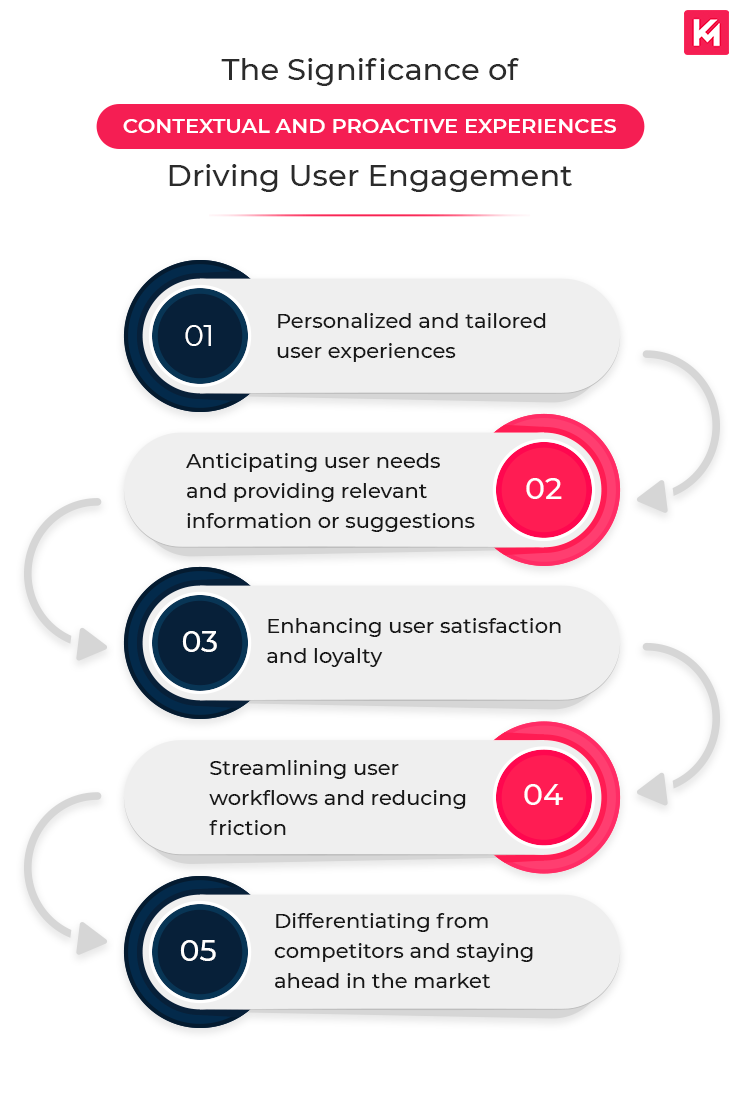
Ethical Design and Privacy
- UX designers take a conscious approach to user privacy and ethical design practices.
- Transparency, data protection, and user consent are crucial considerations.
- Privacy settings are implemented, clear information on data collection is provided, and interfaces empower users to control their privacy settings.
- Ethical design practices ensure that user privacy is respected and protected.
Microcopy and Conversational Interfaces
- Microcopy refers to small snippets of text used throughout an interface to guide users and provide instructions.
- Well-crafted microcopy enhances user experiences by making interactions feel more human-like and intuitive.
- The rise of conversational interfaces, such as chatbots and voice assistants, requires UX designers to refine their language and tone to create natural and engaging conversations.
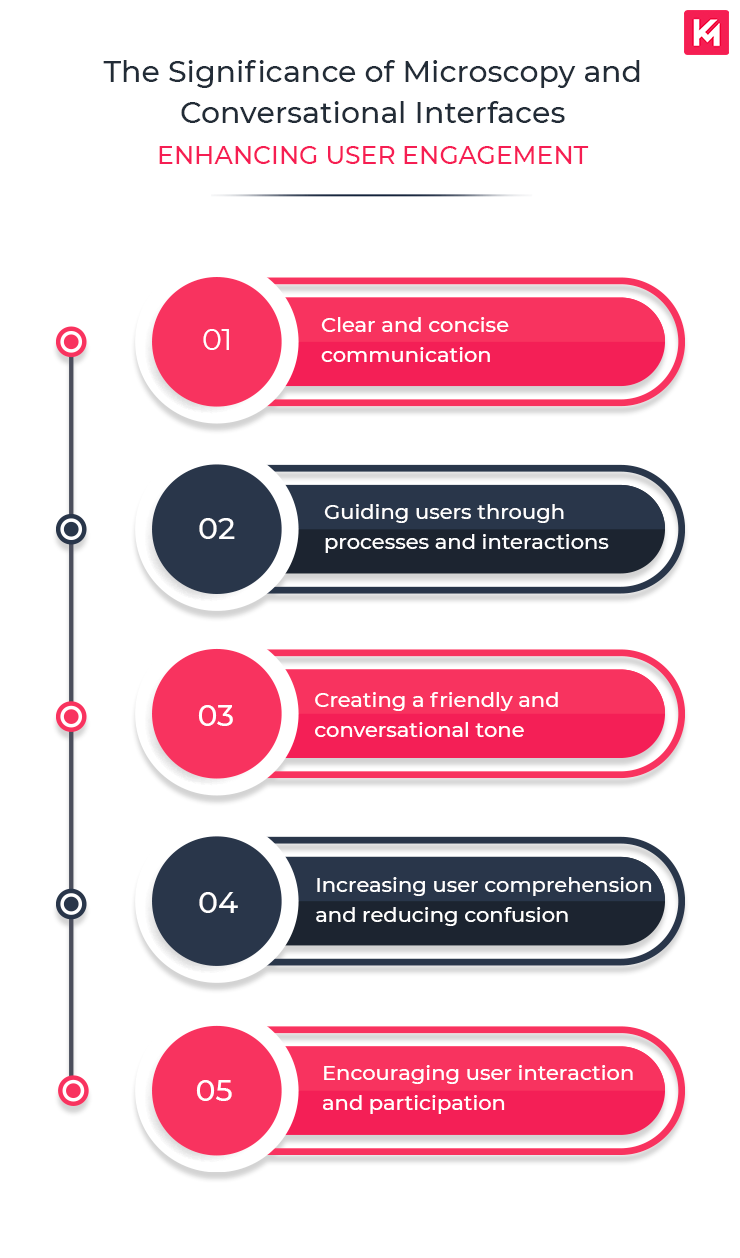
Cross-Platform Consistency
- Users access products and services across multiple devices and platforms.
- Cross-platform consistency is crucial for a seamless user experience.
- UX designers ensure that interfaces are visually consistent, interactions are intuitive, and content is synchronized across different platforms.
- This provides a cohesive and uninterrupted user experience as users transition between devices.
Emotional Design
- Emotional design focuses on creating experiences that evoke positive emotions and forge connections with users.
- Design elements such as color schemes, typography, and visual cues can be leveraged to create emotional responses.
- UX designers explore ways to incorporate emotional design principles to establish stronger connections with users.
- Emotional design fosters loyalty, engagement, and a memorable user experience.
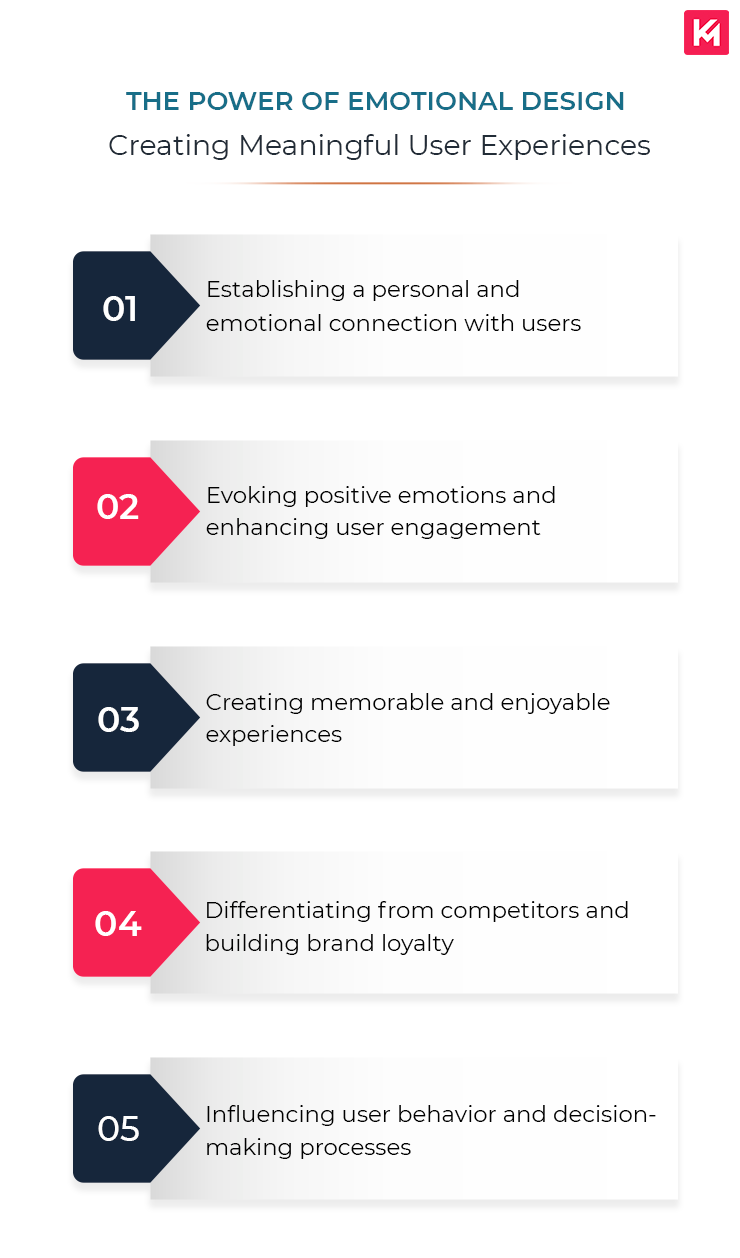
Design Systems and Component-Based Design
- Design systems and component-based design enable consistency, scalability, and efficiency in UX design.
- They establish a library of reusable design components and guidelines.
- UX designers streamline the design process, ensure visual and functional consistency, and expedite development cycles.
- Design systems facilitate collaboration and empower teams to create cohesive user experiences across different products and platforms.
Conclusion
As technology continues to advance, UX design will play a pivotal role in shaping user experiences across various domains. The aforementioned trends provide a glimpse into the future of UX design. From voice user interfaces to augmented reality, minimalism to inclusive design, each trend has the potential to revolutionize how users interact with digital products and services. By staying informed and adapting to these emerging trends, UX designers can create user-centric experiences that cater to the evolving needs and preferences of users.


